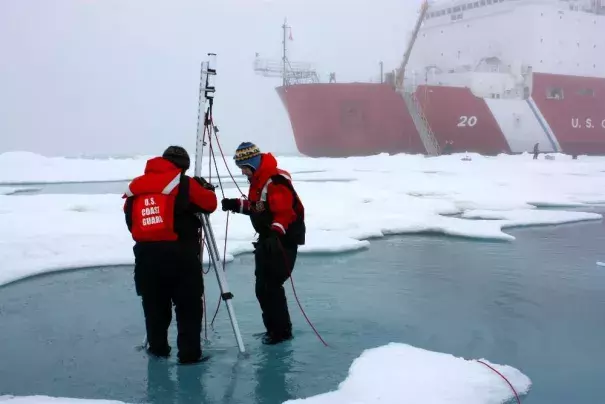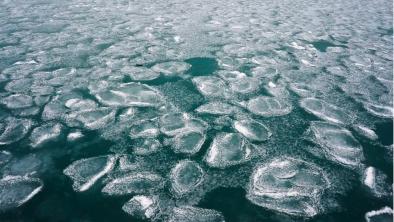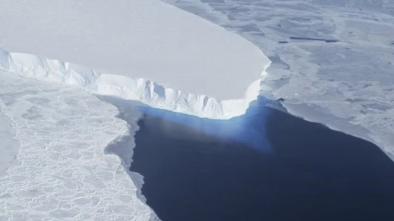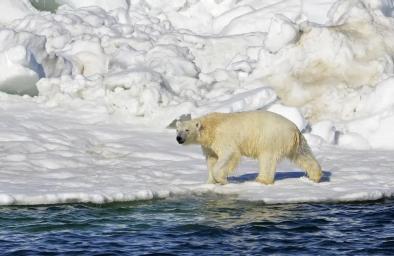Dwindling Arctic Sea Ice May Affect Tropical Weather Patterns

Signals Summary: Climate change is causing the Arctic to warm at two to three times the rate of the global average, which is increasing sea ice melt and decline.
Article Excerpt: The rapid decline of Arctic sea ice during the last couple of decades has spurred climate scientists to study how that meltdown influences the rest of the planet, and a new study suggests that the effects may extend deep into the tropics.
The study, published Monday in the journal Proceedings of the National Academy of Sciences, detected a pattern that links sea ice decline since the late 1990s with more frequent warm cycles in the Central Pacific Ocean. The surges of ocean heating in that region can disrupt the climate, affecting drought, flood and hurricane patterns around the world.
...
The new research shows that El Niños forming in the Central Pacific started becoming more frequent at the same time that Arctic sea ice extent started its precipitous decline.
Jennifer Francis, a climate researcher with the Woods Hole Research Center who was not involved in the study, said the findings add to, "a growing body of evidence suggesting that the influence of Arctic sea-ice loss on large-scale wind systems reaches farther than thought, beyond the mid-latitudes and into the tropics."
There is still a robust debate among climate scientists when it comes to identifying links between sea ice loss and specific changes in far away weather patterns, and not everyone agrees that the findings of the new study are conclusive. More modeling is needed to clarify the fingerprint of sea ice melt in the tropics, said Penn State climate scientist Michael Mann.
...
Here's how the connection works. As sea ice dwindles, larger areas of ocean water are exposed to the sun for much longer periods. Ocean water is darker than ice, and absorbs about 93 percent of the incoming heat (ice reflects up to 80 percent back to space).
According to the study, that warmer water creates convection—rising air— that goes to the top of the lower atmosphere, where it has "nowhere to go but south," Kennel [co-author of the new study] said. That movement goes hand-in-hand with recent shifts in weather patterns that have caused extreme cold outbreaks in the central U.S. and deadly flooding in Asia, he added.
...
A related 2017 study suggested that the chain of events caused by dwindling Arctic sea ice could reduce winter rainfall in California. In a hemisphere-spanning, two-step connection, "sea-ice changes lead to reorganization of tropical convection that in turn triggers an anticyclonic response over the North Pacific, resulting in significant drying over California," the researchers wrote in the journal Nature Communications.
...
Still, Cvijanovic [Lawrence Livermore National Lab climate scientist] noted, the new research suggests that Arctic sea ice changes have an important influence on the tropical Pacific" and on El Niño and La Niña cycles.
"If this is true, it would mean that the impacts of Arctic sea-ice loss could literally affect the entire planet," she said. "Arctic sea ice melt is by no means only a polar bear problem."
Related Content





